Dr. Vo Huu Phuoc, Nguyen Thi Thuy Hieu - Regional
Political Academy II analyzed that according to statistics, Ho Chi Minh City has 286,336 enterprises (of which over 92% are small and micro-sized enterprises), 465,348 individual production and business establishments operating with 4,729,917 workers in economic sectors. The number of people working in the informal sector is quite large, accounting for nearly 1/3 of the number of workers participating in economic activities. The number of enterprises and labor force participating in economic sectors in the city is ranked among the largest in the country (Statistical Yearbook 2020: The number of enterprises accounts for 42.8%, the number of workers accounts for 31.2% compared to the whole country). [caption id="attachment_605170" align="alignnone" width="768"]
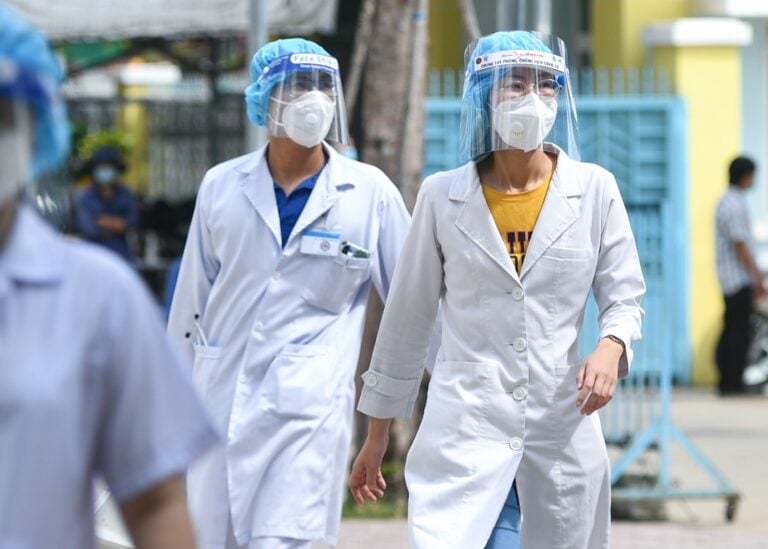
The COVID-19 pandemic has had a huge impact on people, workers and businesses in Ho Chi Minh City. The city is making efforts to solve post-pandemic problems and promote development.[/caption] Over the past 3 years, the direct impact of the COVID-19 pandemic on labor and employment can be clearly seen through reduced working hours, reduced wages/income, work stoppages, job losses, reduced labor productivity, conversion of the work sector from formal to informal (shifting jobs to adapt to the situation), increased social inequality, gender equality (workers are prone to falling into the poor and near-poor household standards due to reduced income... Reality is posing many requirements for state management of the labor market. Specifically: Regarding monitoring and management of human resources: Strengthening the application of information technology in labor management; There is a connection of information with the national population database, periodically updating information on changes related to residence status, employment, State-supported policies. In recent times, although all state management sectors have been aiming to build and establish a sector management database, this database has not yet met the requirements of state management. During the COVID-19 pandemic, the implementation of social security support policies from the central to local levels has revealed many limitations such as not being able to fully, promptly and accurately cover the right subjects. Local authorities have to spend time to compile statistics and make a list of affected subjects in need of urgent support from the State without available management data, especially data related to migrant workers and workers in the informal sector. Even provinces with people working outside the province cannot count the number of workers in their locality, so they are confused when planning to bring people back to their locality to prevent and avoid the epidemic. Regarding the care and support for workers: Pay attention to housing policies for migrant workers and workers with incomes. Low income helps workers have safe and stable housing in the long term. Workers have to live in cramped housing, unsafe living environments, and are at risk of spreading diseases. In addition, the depletion of funds leads to workers losing the ability to pay for expenses related to accommodation. Regarding forecasting and labor market information: Fully assess the labor market situation not only within the locality but also regionally to support the regulation of labor resources in accordance with each period of
economic and social recovery. After the COVID-19 pandemic, to attract labor resources and contribute to the recovery and development of the economy and society in Ho Chi Minh City, the solutions that need to be implemented include: [caption id="attachment_605172" align="alignnone" width="644"]
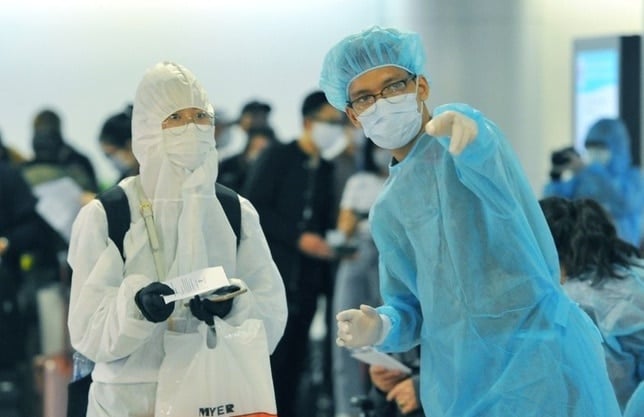
Ho Chi Minh City strives to recover, create jobs, and earn money for people, workers, and businesses that have been heavily affected after 3 years of the COVID-19 pandemic.[/caption]
Firstly, create a database of labor supply and demand. There needs to be a unified focal point from the central level in systematizing and synchronizing data, changing implementation methods in statistics, population management, especially temporary immigrant workers. Establish a labor market information system, promptly forecast, provide complete and accurate labor market information to connect labor supply and demand, limit local labor supply and demand imbalances... as well as balance the labor market, plan policies to develop fields and industries suitable for the locality. Increase the update of general information and specialized information on socio-economic recovery programs, epidemic prevention and control (epidemic control, vaccination, testing, etc.), social security policies, investment attraction and business development policies so that businesses and people can grasp the information, especially workers from other provinces who want to return to the City to work.
Second, vocational
training and development . It is necessary to develop programs and policies to encourage and attract young people and young workers, especially those who are unemployed and have no professional expertise, to actively study to improve their qualifications and professional skills, and enhance their professional values to be ready to negotiate legitimate benefits when participating in work. Encourage businesses to proactively have training programs to improve skills for workers in their long-term human resource use plans; Change the mindset about using cheap, labor-intensive labor to apply
science and technology in production activities, aiming for workers to master technology and improve labor productivity. Improve the quality of human resources associated with the labor market; rapidly increase the proportion of trained workers with degrees and certificates to improve the skills of Vietnamese workers, meet the needs of the labor market and the development requirements of the 4.0 Industrial Revolution, contributing to improving labor productivity and national competitiveness.
Third , attract workers to return to the labor market after the pandemic. Develop policies to support workers in the initial stages of returning to the city. Ho Chi Minh City works such as introducing safe accommodation, supporting housing rental costs, living expenses, transportation costs, COVID-19 screening tests, job referrals... In the long term, it is necessary to pay attention to social services such as building affordable housing for workers to rent or buy,
health care, social welfare. This is the top concern of workers so that they can feel secure when returning to work because during the pandemic, they have exhausted their financial resources and are psychologically insecure when their living and working environments are unstable. For workers working in the informal sector, support workers to access loans from the National Employment Fund, the Poverty Reduction Fund, Microfinance Institutions... to change jobs, create jobs; implement policies to support short-term vocational training and according to the actual needs of workers and market needs.
Fourth, promote harmonious labor relations in enterprises . - Promote dialogue and collective bargaining activities to ensure that the rights of workers are guaranteed during the working process; especially maintaining employment, ensuring that the State's support policies reach workers in a timely manner. Organize research, develop and provide information and data on wages, income and other working conditions at a number of labor-intensive enterprise groups to support and promote dialogue and collective bargaining. Provide information support so that parties have a basis for reference in dialogue, negotiation and determination of wages, income and working conditions suitable to the regional level and suitable to the specific conditions of each enterprise, creating fair competition in attracting workers to work in the enterprise. Mobilize and promote enterprises to fulfill their social responsibility towards workers through enhancing welfare regimes for workers and participating in welfare programs launched and organized by other agencies and organizations; Pay attention to workers doing simple jobs, workers from other provinces working in export processing zones, industrial parks, high-tech zones to create long-term attachment to the production and business activities of the unit.
 The COVID-19 pandemic has had a huge impact on people, workers and businesses in Ho Chi Minh City. The city is making efforts to solve post-pandemic problems and promote development.[/caption] Over the past 3 years, the direct impact of the COVID-19 pandemic on labor and employment can be clearly seen through reduced working hours, reduced wages/income, work stoppages, job losses, reduced labor productivity, conversion of the work sector from formal to informal (shifting jobs to adapt to the situation), increased social inequality, gender equality (workers are prone to falling into the poor and near-poor household standards due to reduced income... Reality is posing many requirements for state management of the labor market. Specifically: Regarding monitoring and management of human resources: Strengthening the application of information technology in labor management; There is a connection of information with the national population database, periodically updating information on changes related to residence status, employment, State-supported policies. In recent times, although all state management sectors have been aiming to build and establish a sector management database, this database has not yet met the requirements of state management. During the COVID-19 pandemic, the implementation of social security support policies from the central to local levels has revealed many limitations such as not being able to fully, promptly and accurately cover the right subjects. Local authorities have to spend time to compile statistics and make a list of affected subjects in need of urgent support from the State without available management data, especially data related to migrant workers and workers in the informal sector. Even provinces with people working outside the province cannot count the number of workers in their locality, so they are confused when planning to bring people back to their locality to prevent and avoid the epidemic. Regarding the care and support for workers: Pay attention to housing policies for migrant workers and workers with incomes. Low income helps workers have safe and stable housing in the long term. Workers have to live in cramped housing, unsafe living environments, and are at risk of spreading diseases. In addition, the depletion of funds leads to workers losing the ability to pay for expenses related to accommodation. Regarding forecasting and labor market information: Fully assess the labor market situation not only within the locality but also regionally to support the regulation of labor resources in accordance with each period of economic and social recovery. After the COVID-19 pandemic, to attract labor resources and contribute to the recovery and development of the economy and society in Ho Chi Minh City, the solutions that need to be implemented include: [caption id="attachment_605172" align="alignnone" width="644"]
The COVID-19 pandemic has had a huge impact on people, workers and businesses in Ho Chi Minh City. The city is making efforts to solve post-pandemic problems and promote development.[/caption] Over the past 3 years, the direct impact of the COVID-19 pandemic on labor and employment can be clearly seen through reduced working hours, reduced wages/income, work stoppages, job losses, reduced labor productivity, conversion of the work sector from formal to informal (shifting jobs to adapt to the situation), increased social inequality, gender equality (workers are prone to falling into the poor and near-poor household standards due to reduced income... Reality is posing many requirements for state management of the labor market. Specifically: Regarding monitoring and management of human resources: Strengthening the application of information technology in labor management; There is a connection of information with the national population database, periodically updating information on changes related to residence status, employment, State-supported policies. In recent times, although all state management sectors have been aiming to build and establish a sector management database, this database has not yet met the requirements of state management. During the COVID-19 pandemic, the implementation of social security support policies from the central to local levels has revealed many limitations such as not being able to fully, promptly and accurately cover the right subjects. Local authorities have to spend time to compile statistics and make a list of affected subjects in need of urgent support from the State without available management data, especially data related to migrant workers and workers in the informal sector. Even provinces with people working outside the province cannot count the number of workers in their locality, so they are confused when planning to bring people back to their locality to prevent and avoid the epidemic. Regarding the care and support for workers: Pay attention to housing policies for migrant workers and workers with incomes. Low income helps workers have safe and stable housing in the long term. Workers have to live in cramped housing, unsafe living environments, and are at risk of spreading diseases. In addition, the depletion of funds leads to workers losing the ability to pay for expenses related to accommodation. Regarding forecasting and labor market information: Fully assess the labor market situation not only within the locality but also regionally to support the regulation of labor resources in accordance with each period of economic and social recovery. After the COVID-19 pandemic, to attract labor resources and contribute to the recovery and development of the economy and society in Ho Chi Minh City, the solutions that need to be implemented include: [caption id="attachment_605172" align="alignnone" width="644"]  Ho Chi Minh City strives to recover, create jobs, and earn money for people, workers, and businesses that have been heavily affected after 3 years of the COVID-19 pandemic.[/caption] Firstly, create a database of labor supply and demand. There needs to be a unified focal point from the central level in systematizing and synchronizing data, changing implementation methods in statistics, population management, especially temporary immigrant workers. Establish a labor market information system, promptly forecast, provide complete and accurate labor market information to connect labor supply and demand, limit local labor supply and demand imbalances... as well as balance the labor market, plan policies to develop fields and industries suitable for the locality. Increase the update of general information and specialized information on socio-economic recovery programs, epidemic prevention and control (epidemic control, vaccination, testing, etc.), social security policies, investment attraction and business development policies so that businesses and people can grasp the information, especially workers from other provinces who want to return to the City to work. Second, vocational training and development . It is necessary to develop programs and policies to encourage and attract young people and young workers, especially those who are unemployed and have no professional expertise, to actively study to improve their qualifications and professional skills, and enhance their professional values to be ready to negotiate legitimate benefits when participating in work. Encourage businesses to proactively have training programs to improve skills for workers in their long-term human resource use plans; Change the mindset about using cheap, labor-intensive labor to apply science and technology in production activities, aiming for workers to master technology and improve labor productivity. Improve the quality of human resources associated with the labor market; rapidly increase the proportion of trained workers with degrees and certificates to improve the skills of Vietnamese workers, meet the needs of the labor market and the development requirements of the 4.0 Industrial Revolution, contributing to improving labor productivity and national competitiveness. Third , attract workers to return to the labor market after the pandemic. Develop policies to support workers in the initial stages of returning to the city. Ho Chi Minh City works such as introducing safe accommodation, supporting housing rental costs, living expenses, transportation costs, COVID-19 screening tests, job referrals... In the long term, it is necessary to pay attention to social services such as building affordable housing for workers to rent or buy, health care, social welfare. This is the top concern of workers so that they can feel secure when returning to work because during the pandemic, they have exhausted their financial resources and are psychologically insecure when their living and working environments are unstable. For workers working in the informal sector, support workers to access loans from the National Employment Fund, the Poverty Reduction Fund, Microfinance Institutions... to change jobs, create jobs; implement policies to support short-term vocational training and according to the actual needs of workers and market needs. Fourth, promote harmonious labor relations in enterprises . - Promote dialogue and collective bargaining activities to ensure that the rights of workers are guaranteed during the working process; especially maintaining employment, ensuring that the State's support policies reach workers in a timely manner. Organize research, develop and provide information and data on wages, income and other working conditions at a number of labor-intensive enterprise groups to support and promote dialogue and collective bargaining. Provide information support so that parties have a basis for reference in dialogue, negotiation and determination of wages, income and working conditions suitable to the regional level and suitable to the specific conditions of each enterprise, creating fair competition in attracting workers to work in the enterprise. Mobilize and promote enterprises to fulfill their social responsibility towards workers through enhancing welfare regimes for workers and participating in welfare programs launched and organized by other agencies and organizations; Pay attention to workers doing simple jobs, workers from other provinces working in export processing zones, industrial parks, high-tech zones to create long-term attachment to the production and business activities of the unit.
Ho Chi Minh City strives to recover, create jobs, and earn money for people, workers, and businesses that have been heavily affected after 3 years of the COVID-19 pandemic.[/caption] Firstly, create a database of labor supply and demand. There needs to be a unified focal point from the central level in systematizing and synchronizing data, changing implementation methods in statistics, population management, especially temporary immigrant workers. Establish a labor market information system, promptly forecast, provide complete and accurate labor market information to connect labor supply and demand, limit local labor supply and demand imbalances... as well as balance the labor market, plan policies to develop fields and industries suitable for the locality. Increase the update of general information and specialized information on socio-economic recovery programs, epidemic prevention and control (epidemic control, vaccination, testing, etc.), social security policies, investment attraction and business development policies so that businesses and people can grasp the information, especially workers from other provinces who want to return to the City to work. Second, vocational training and development . It is necessary to develop programs and policies to encourage and attract young people and young workers, especially those who are unemployed and have no professional expertise, to actively study to improve their qualifications and professional skills, and enhance their professional values to be ready to negotiate legitimate benefits when participating in work. Encourage businesses to proactively have training programs to improve skills for workers in their long-term human resource use plans; Change the mindset about using cheap, labor-intensive labor to apply science and technology in production activities, aiming for workers to master technology and improve labor productivity. Improve the quality of human resources associated with the labor market; rapidly increase the proportion of trained workers with degrees and certificates to improve the skills of Vietnamese workers, meet the needs of the labor market and the development requirements of the 4.0 Industrial Revolution, contributing to improving labor productivity and national competitiveness. Third , attract workers to return to the labor market after the pandemic. Develop policies to support workers in the initial stages of returning to the city. Ho Chi Minh City works such as introducing safe accommodation, supporting housing rental costs, living expenses, transportation costs, COVID-19 screening tests, job referrals... In the long term, it is necessary to pay attention to social services such as building affordable housing for workers to rent or buy, health care, social welfare. This is the top concern of workers so that they can feel secure when returning to work because during the pandemic, they have exhausted their financial resources and are psychologically insecure when their living and working environments are unstable. For workers working in the informal sector, support workers to access loans from the National Employment Fund, the Poverty Reduction Fund, Microfinance Institutions... to change jobs, create jobs; implement policies to support short-term vocational training and according to the actual needs of workers and market needs. Fourth, promote harmonious labor relations in enterprises . - Promote dialogue and collective bargaining activities to ensure that the rights of workers are guaranteed during the working process; especially maintaining employment, ensuring that the State's support policies reach workers in a timely manner. Organize research, develop and provide information and data on wages, income and other working conditions at a number of labor-intensive enterprise groups to support and promote dialogue and collective bargaining. Provide information support so that parties have a basis for reference in dialogue, negotiation and determination of wages, income and working conditions suitable to the regional level and suitable to the specific conditions of each enterprise, creating fair competition in attracting workers to work in the enterprise. Mobilize and promote enterprises to fulfill their social responsibility towards workers through enhancing welfare regimes for workers and participating in welfare programs launched and organized by other agencies and organizations; Pay attention to workers doing simple jobs, workers from other provinces working in export processing zones, industrial parks, high-tech zones to create long-term attachment to the production and business activities of the unit.


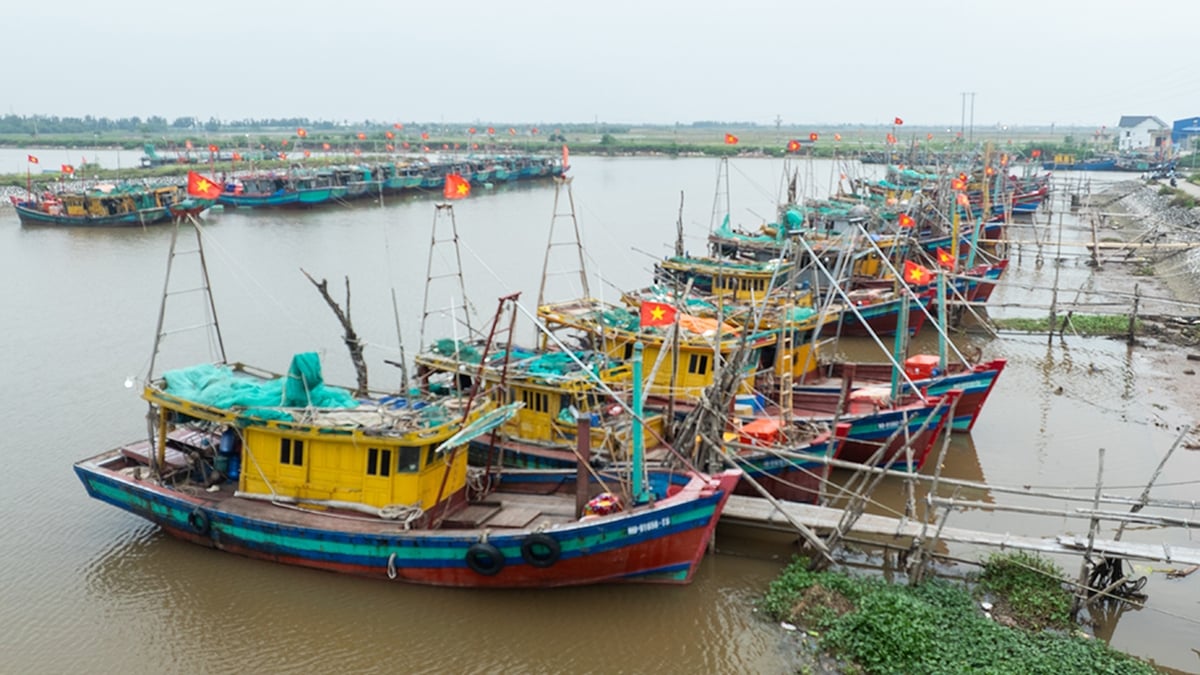

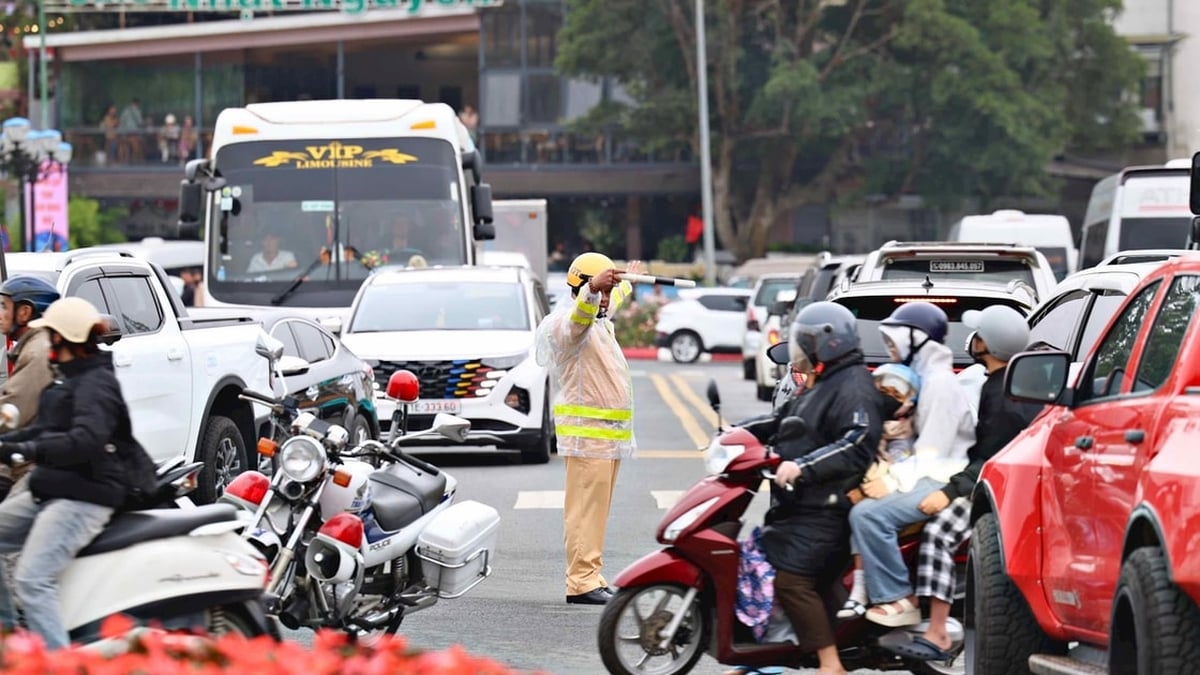


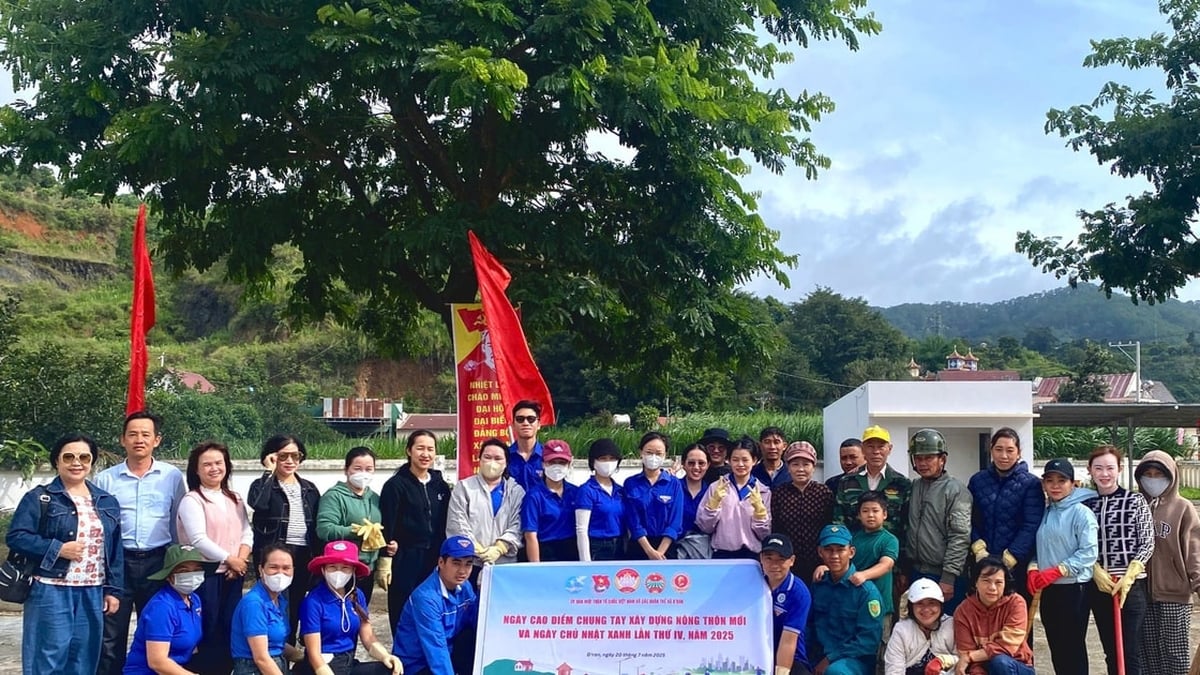
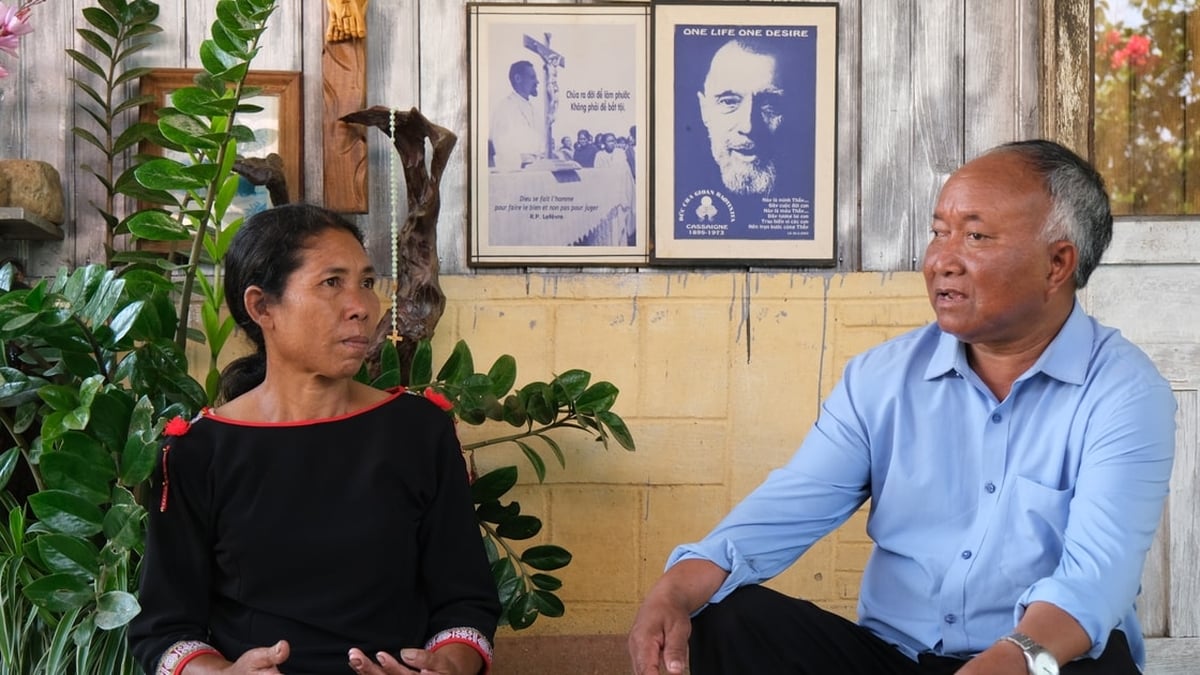















![[Photo] National Assembly Chairman Tran Thanh Man visits Vietnamese Heroic Mother Ta Thi Tran](https://vphoto.vietnam.vn/thumb/1200x675/vietnam/resource/IMAGE/2025/7/20/765c0bd057dd44ad83ab89fe0255b783)




































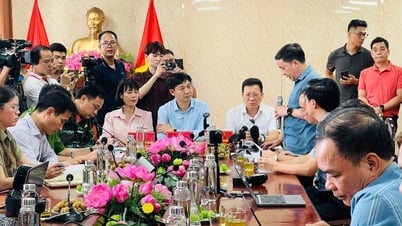


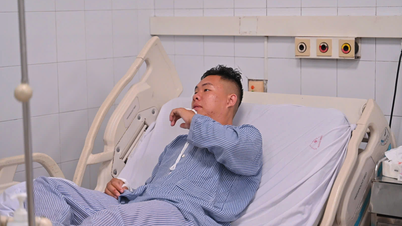





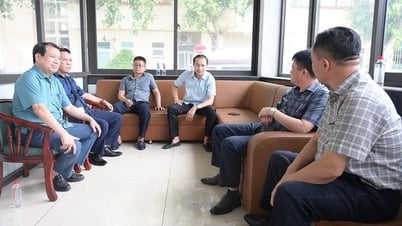


























Comment (0)